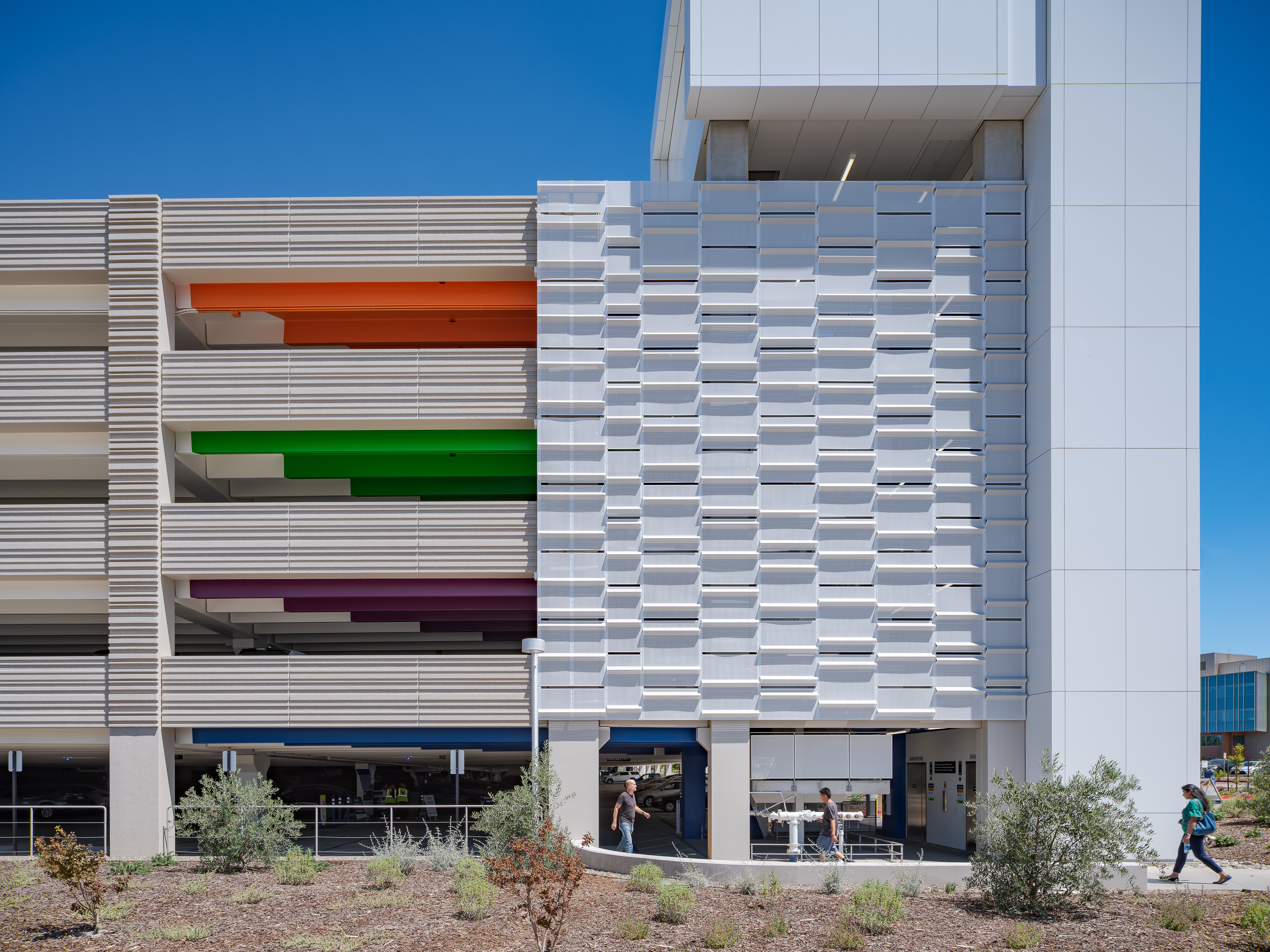We’re all familiar with carbon monoxide and how dangerous it is to our health. In fact, best practice is to install at least one CO monitor in your house, as this deadly gas is odorless, colorless and tasteless. Carbon monoxide is so dangerous in concentration that we have to set up mechanisms to detect its presence, because failure to do so is a matter of life and death.
The way it kills its victims is very instructive for us in the parking world. CO replaces the oxygen in your blood stream, which essentially asphyxiates you. The analogy is so strong, I’ve adopted it to make a point about how we approach customer experience in the parking world. What are the CO equivalents to the parking experience? There are three that I’ll discuss today: Mindset, Convenience, Monitoring.
I’ve encountered lots of people in parking that mean well and say all the right things about customer service, but I’m not always convinced their mindset is really focused on customer experience. More times than not, the mindset is “take the dollar” because tomorrow it may not be there. It takes tremendous discipline to let a dollar go today, having faith that it will return because you’ve done the right thing by the customer. The mindset of “get the dollar today” is a silent killer because over time, the customer will grow weary of “being played.” When I think of “being played,” I think of ballpark beers and hot dogs.
My family and I have been to nearly every major league ballpark in the U.S. and by far the worst food was served in St. Louis. But we still paid $8 for a hot dog. I’m not in a hurry to get back to St. Louis, but I would love to go back to Oakland. Even though the stadium was old, tired, small and unsuited for today’s “modern baseball” experience, they took modern approaches to keep up with the times by bringing in food trucks from the community to provide variety. It showed they acknowledged their shortcomings and got creative about the fix.
Now that technology has transformed our lives in myriad ways, the parking public’s expectation for convenience is ramping up dramatically. Every day, we’re exposed to new ways of paying for something, or monitoring something from our phone. Parking customers are expecting multiple ways to pay for parking out of convenience. It shows that you’re keeping up with the times on the payment side and that you’re modernizing your operations in others.
I was sitting in the audience of a parking consultant’s presentation a while back. They talked about lighting, freshly painted lines, parking guidance systems, art on the walls, glass elevators, green spaces, but never once mentioned the human aspect of customer engagement either proactively or reactively. That’s why I’m labeling the lack of focus on that as a silent killer. The sad truth is the “help” button is an afterthought, and it’s killing your operations in more than one way.
The first way it’s killing your operations is that your people do NOT like taking those help calls. They don’t like taking the help calls because the person on the other side is not calling to tell them what a great job they are doing – they are calling because they are frustrated, angry, confused and under pressure. We have the data and the recordings to prove that these calls aren’t fun and that taking them causes turnover.
The second way it’s killing your operations is because it’s happening a lot more than you realize and it’s a giant distraction to your employees’ primary objective. It’s killing your peoples’ productivity, and, like CO, it can’t be measured, smelled or tasted, unless you’ve got systems in place to do that. If I had a nickel for every operator that couldn’t tell me how many intercom calls they take, I’d be retired.
The third way may be the hardest to fix, and it brings me all the way back to where I started, with the mindset of your leaders and your frontline employees. They may fully acknowledge that customer experience is critical, but if they don’t have the tools and the mindset to train, practice and execute an effective human interaction to create a better customer experience, it’s not going to happen. The investment it takes to do it well is just as important as the investment in the technology, lights, paint, parking guidance and more.
In closing, my advice is first to test your carbon monoxide detector to make sure it’s still working. Second, to acknowledge that delivering a customer experience requires a mindset shift and to focus on expanding your use of technology to increase the convenience of using your facilities. Lastly, it requires you to gather data and scrutinize your systems to understand why customers are getting stuck and what you can do to help when they press the intercom, because ignoring it is as toxic to your customer experience as CO is to your health. It’s a silent killer.
BRIAN WOLFF is President & CEO of Parker Technology. He can be reached at brian.wolff@helpmeparker.com or visit www.helpmeparker.com.











